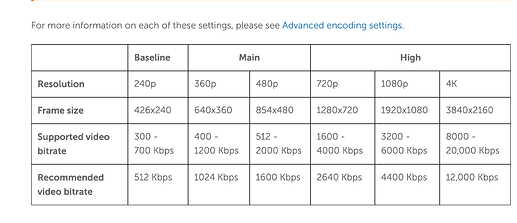Hi Stan, wow, 2 minutes is way too long. So when you say “start the live stream” in Wowza Video (Formerly Wowza Cloud), do you mean when you are creating a new stream in the UI, creating a Cloud transcoder and naming the stream etc.?
(if yes, try a different geographic location when selecting “Broadcast” location.
Or do you mean when you actually click on the green button START live stream as in go live? which is what happens when a user clicks play as you had said. That is what I think you mean…
I would check the encoder settings first as far as framerate and GOP. A stream can’t start without a keyframe at the very beginning and will search for it to start the stream.
Also, you may want to Start 2 transcoders in different data centers and use the one that starts first. Not 100%, ideal but greatly improves the odds one transcoder will get hot and fire up more quickly.
Also Wowza Video manager says “Start early if they control content.”
I personally would send a support ticket so we can review the encoder settings and test playback. The wrong encoder settings can really slow things down in the beginning if it’s not optimized.
You can use this as a reference:
https://www.wowza.com/docs/how-to-encode-source-video-for-wowza-video
One last idea is to use the use origin network. They can begin streaming immediately, although latency is increased. It’s effectively a proxy. The customer pushes in RTMP and we start the transcoder for them. We buffer the content coming in until the transcoder is ready and then keep passing it through. So startup is “instant”, but the buffer adds to the latency for the duration of the stream.





